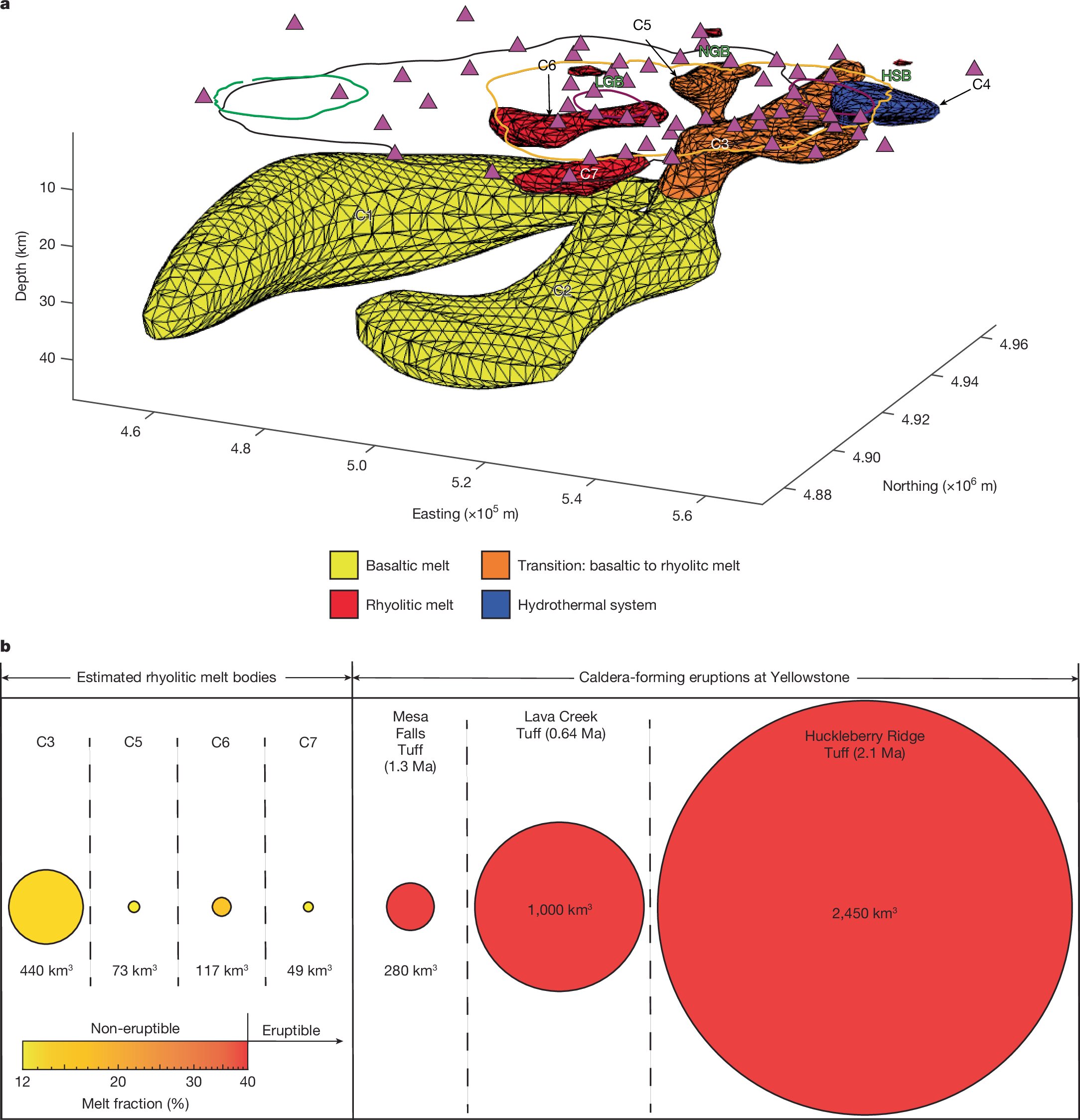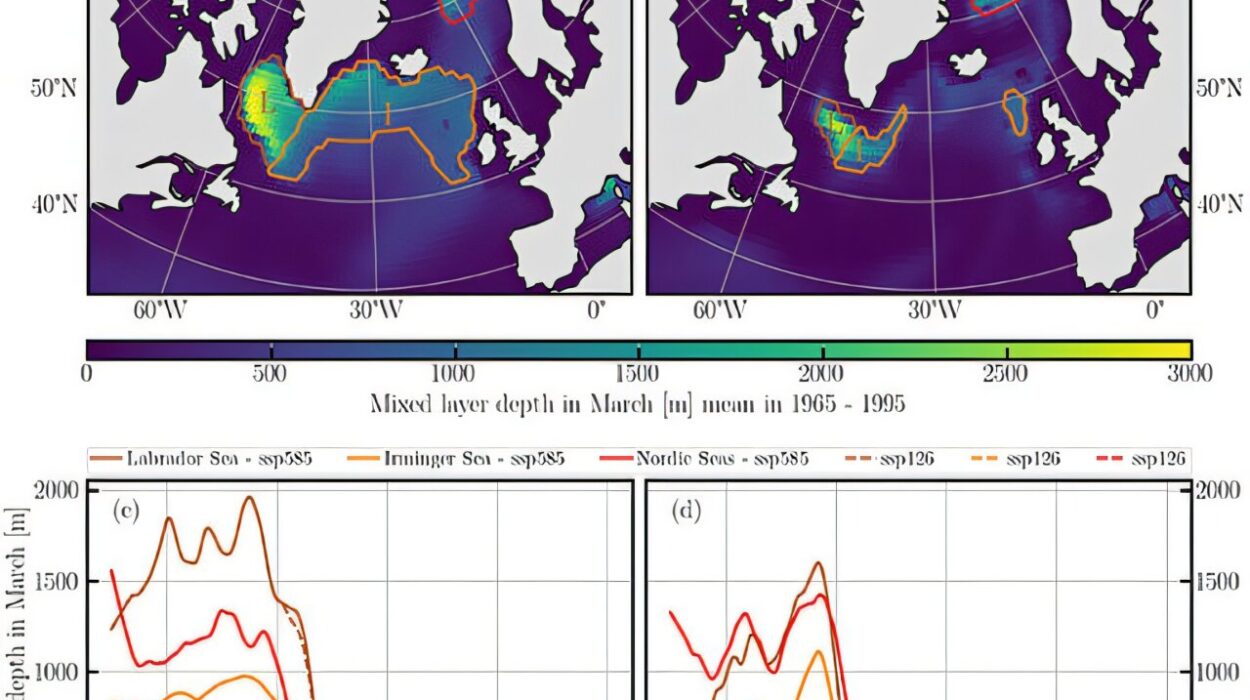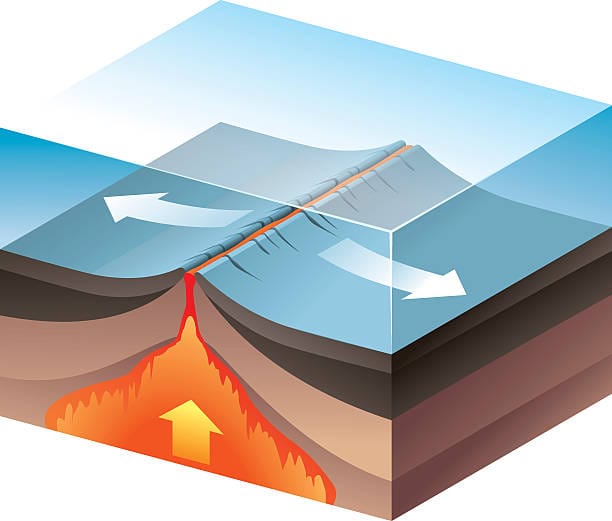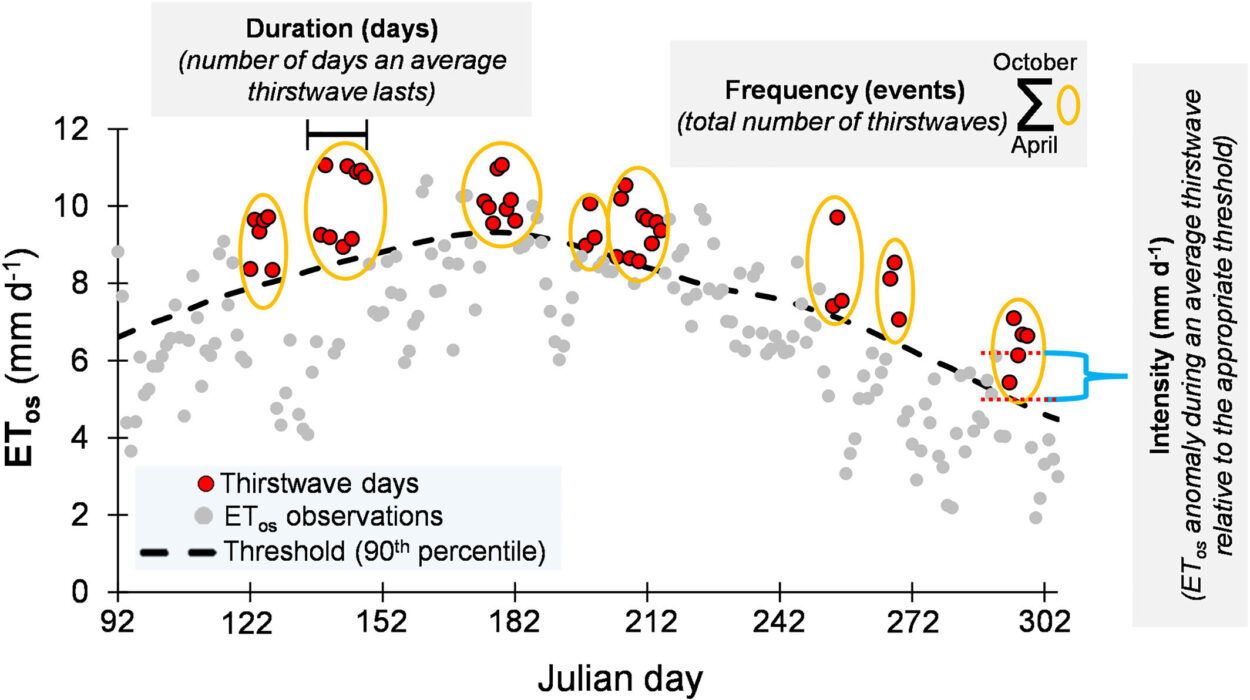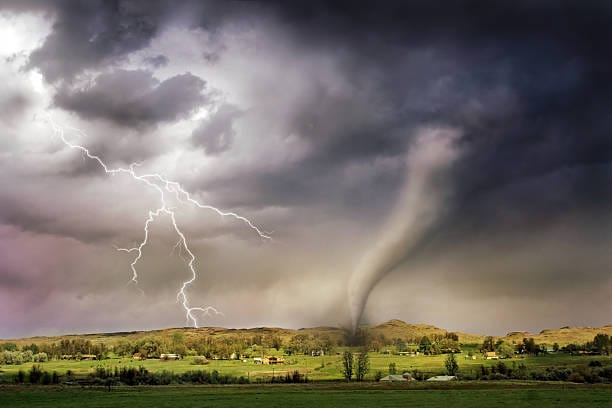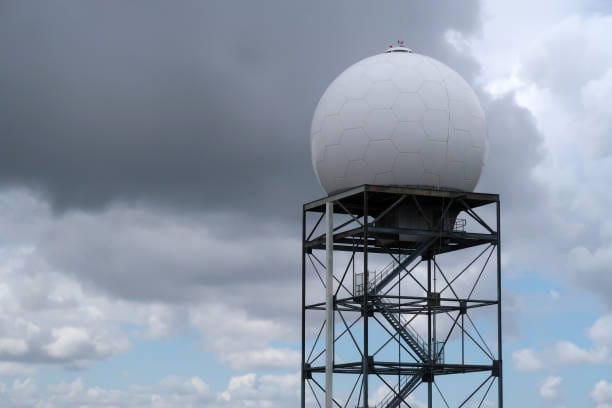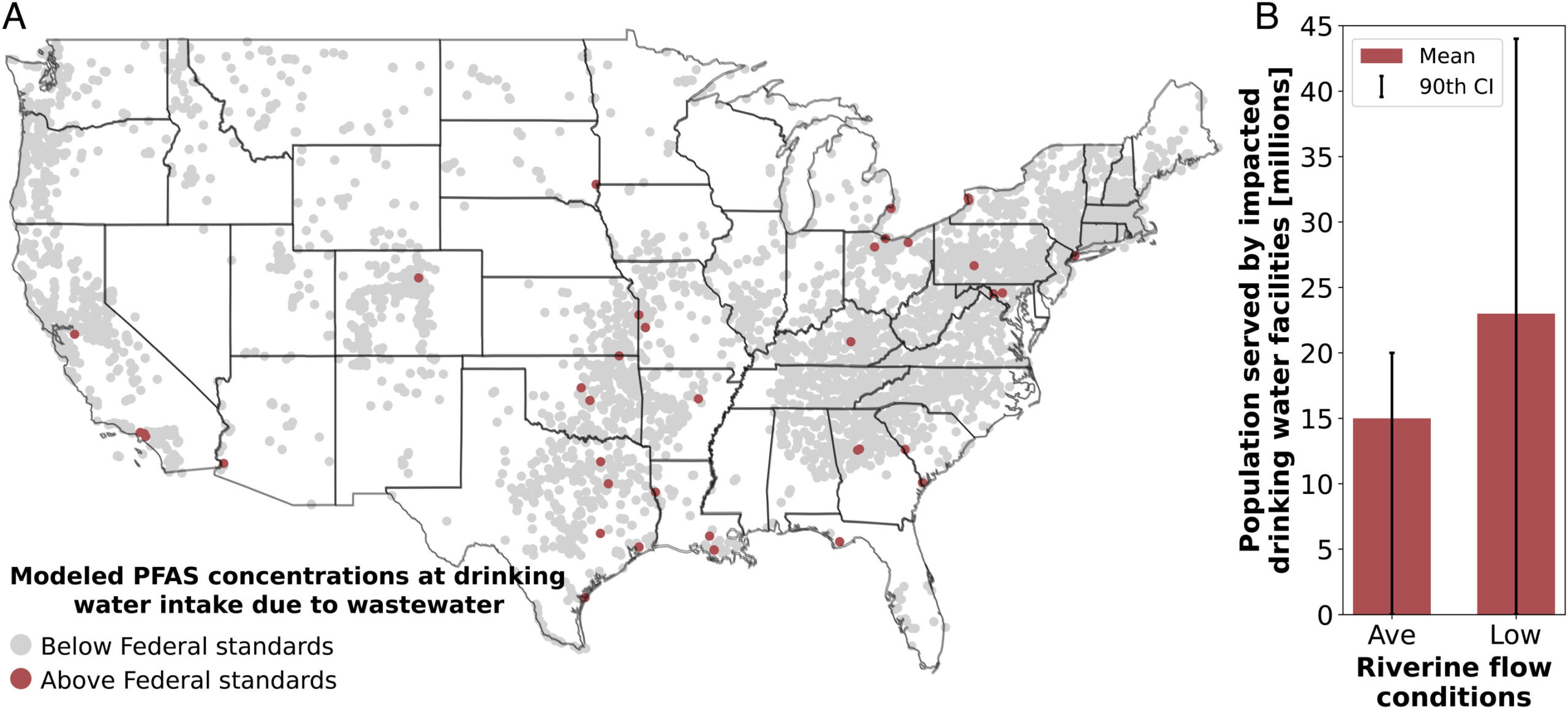A groundbreaking study conducted by a team of geologists from the US Geological Survey (USGS), Oregon State University, and the University of Wisconsin-Madison has provided new insights into the dynamic and evolving nature of the Yellowstone caldera, a volcanic super-volcano located in Yellowstone National Park. This research, which was published in the prestigious journal Nature, highlights the discovery of rhyolitic volcanism shifting northeast beneath the caldera—a significant finding with important implications for the future behavior of this iconic and potentially hazardous geological feature.
The Yellowstone caldera is one of the largest volcanic systems on Earth. This massive caldera spans a vast region in the western United States and is often referred to as the Yellowstone Super-volcano due to its immense size and catastrophic eruption history. The caldera was formed by three major eruptions in the past 2.1 million years, with the most recent event occurring roughly 640,000 years ago. During these eruptions, enormous volumes of magma were released, reshaping the landscape and contributing to the unique geothermal features that make Yellowstone National Park one of the most geologically active areas in the world.
The last major eruption, although ancient, continues to shape the scientific community’s understanding of super-volcano behavior. Despite several hundred thousand years of quiet, geologists and volcanologists have been closely monitoring the caldera due to its immense potential for future volcanic activity. However, the challenge remains in predicting when—or even if—such an eruption will occur again. To aid in this endeavor, researchers have been working to refine their understanding of the subterranean features of Yellowstone, particularly the nature and extent of the magma reservoirs beneath the surface.
In their new research, the team of scientists employed an advanced electromagnetic geophysical technique known as magnetotelluric (MT) surveying to probe the materials beneath the caldera. This method is highly effective at measuring variations in the Earth’s magnetic field, which can provide valuable data on the conductivity structure of the crust and the presence of different materials, including molten rock. The magnetotelluric survey is a non-invasive tool that allows geophysicists to “see” into the Earth without the need for drilling or other more invasive methods, making it an ideal approach for studying active volcanic regions like Yellowstone, where conditions are extremely challenging.
The team’s survey covered the entire Yellowstone caldera, offering a comprehensive view of the region’s subsurface geology. The data revealed a complex and intricate network of magma chambers beneath the surface, with the researchers identifying at least seven distinct regions of magma, possibly more, at varying depths ranging from 4 to 47 kilometers below the Earth’s surface. These magma pockets are located near the boundary between the Earth’s crust and mantle, where temperatures and pressures are sufficient to melt rock and form liquid magma.
One of the most striking findings from this research was the identification of an active melt storage region in the northeast part of the caldera, an area previously not considered a primary location for magma accumulation. The northeast region stands out due to its substantial magma reservoirs, which hold both basaltic and rhyolitic magmas at different depths. Basaltic magma, which is relatively low in silica, is typically found deeper within the crust, while rhyolitic magma, which is higher in silica, resides closer to the surface. This combination of basaltic and rhyolitic magma layers suggests that the northeastern region of the caldera could be undergoing significant volcanic processes, with the potential for future eruptions to be centered in this area.
The research team’s discovery of these large melt storage regions is significant because it alters previous models of volcanic activity in Yellowstone. Historically, researchers had focused on the southern, western, and northern portions of the caldera as being the primary locations for future eruptions. This new data challenges those assumptions by identifying a previously overlooked area—one that may play a critical role in the super-volcano’s future behavior. The northeast region, with its substantial storage of magma, may be primed for activity in the coming centuries or millennia, further underlining the need for continuous monitoring and research in this volatile region.
In terms of volume, the researchers estimated that the magma stored in these regions totals between 388 and 489 cubic kilometers, a staggering amount of molten rock. This volume is considerably higher than that found in the other parts of the caldera, suggesting that the northeastern reservoirs may hold the largest and most active sources of magma. For comparison, the total volume of magma erupted during the most recent Yellowstone eruption was estimated to be about 1,000 cubic kilometers, a number that underscores the potential magnitude of future volcanic events.
Understanding the distribution of magma beneath the caldera is essential for assessing the potential hazards posed by future eruptions. Yellowstone’s last eruption was so massive that it had global repercussions, influencing climate and ecosystems far beyond the immediate area. While there is no definitive timeline for when the next eruption might occur, the ability to identify areas with significant magma storage and activity provides critical insight into the super-volcano’s behavior. With ongoing research, scientists hope to develop more accurate models of volcanic behavior, which could eventually lead to more effective methods of eruption prediction and disaster preparedness.
The study also highlights the importance of improving our understanding of volcanic systems in general. By exploring how magma moves, accumulates, and interacts with the Earth’s crust, researchers can gain insights into fundamental geological processes that shape the planet. The methods used in this research, particularly magnetotelluric surveying, are becoming increasingly vital tools in studying not only volcanoes but also other geological phenomena, such as earthquakes and the movement of tectonic plates.
The discovery of northeast-shifting rhyolitic volcanism beneath the Yellowstone caldera is a reminder of the complexity and dynamism of volcanic systems. Despite decades of research, there is still much to learn about these super-volcanoes and their potential to impact both local and global environments. As scientists continue to explore the depths of Yellowstone and other active volcanic regions, the hope is that such research will eventually lead to more refined methods of monitoring and predicting eruptions, thereby reducing risks to human populations and ecosystems.
Reference: N. Bennington et al, The progression of basaltic–rhyolitic melt storage at Yellowstone Caldera, Nature (2025). DOI: 10.1038/s41586-024-08286-z
